Sealing glue:
Sealing glue is a two-component product and consists of a powder package and a complementary liquid.
It is reinforced by using polymer materials and fibers and it is a type of reliable and permanent sealing system.
Due to its unique properties, such as sealing concrete surfaces and cement structures, it is resistant to positive and negative water pressures.
And with very good adhesion to the surfaces under work, preventing cracking, good resistance and reducing the absorption of solar energy
It is suitable for sealing all concrete surfaces such as tunnels, docks, water transmission lines, elevator pits, swimming pools, roof insulation, sealing sewage treatment plants, water tanks, etc.
And it is a very suitable and safe alternative for Isogam or Qirguni.
Advantages of using sealing glue
Using sealing glue to prevent water and humidity from entering the building has the following advantages and benefits:
1. Prevent water penetration: Sealing glue can completely prevent the penetration of water and moisture into the building.
This significantly prevents damage to the building.
2. Reducing maintenance costs: Using sealing glue can help reduce building maintenance costs.
Because if water penetrates into the building, it will damage the building and increase maintenance costs.
3. Increasing the useful life of the building: Using sealing glue can increase the useful life of the building.
Because preventing the penetration of water and moisture into the building can prevent damage to the building and reducing its useful life.
4. Improving air quality: Using sealing glue can help improve the air quality inside the building.
Because preventing the penetration of moisture into the building can reduce the humidity and relative humidity of the air.
5. Simplicity and speed of use: The use of sealing glue is very simple and quick, and it is usually easy to install it on different surfaces.
6. Resistance to different conditions: Many sealing adhesives available in the market are resistant to various conditions such as humidity, heat and weather changes.
Applications of sealing glue
Sealing glue is a type of glue that is used to prevent the penetration of water and moisture into different surfaces.
Therefore, the applications of sealing glue include the following:
1. Sealing concrete surfaces: In concrete buildings and structures, sealing glue is usually used to prevent water penetration into the structures.
This glue can be applied on the surfaces of walls, ceilings, floors and even in parts of structures that are exposed to water.
be used like balconies and basements.
2. Sealing metal surfaces: Sealing glue can be installed on metal surfaces such as balcony railings, doors, windows and other metal parts.
To prevent water from entering the structure.
3. Sealing wooden surfaces: Sealing glue may also be installed to seal wooden surfaces such as doors, windows and other wooden parts to prevent water and moisture from entering the structure.
4. Sealing ceramic tile surfaces: Sealing glue can be used to seal ceramic and tile surfaces in bathrooms, kitchens, exterior walls, and even swimming pools to prevent water from entering the structure.
5. Sealing glass surfaces: Sealing glue may also be used to seal glass surfaces such as windows and glass doors to prevent water from entering the structure.
1- Substructure:
– First, make the surface below the work free from any dust particles, grease, etc.
– If there are deep cracks, clean the inside of the crack completely, and if there are hairline cracks, use a mechanical tool to open the crack and start working after cleaning it.
– No paint or waste materials on the surface.
2- How to use waterproofing pack in indoor environments:
- First, we mix about 2 liters of BV230 liquid with 3 kilos of its special powder and turn it into a slurry, and by using a brush or roller, we completely cover the work surface.
- After drying, add the remaining 12 kilos of powder with 2 liters of water and 2 liters of liquid BV230 We mix it and make it into a paste and apply it on the work surface with a spatula or trowel, and after drying, if hairline cracks are observed, prepare the slurry again like the first hand and apply it with a brush or roller. , we apply it on the surface and then install ceramic tiles.
– It is worth mentioning that in places such as elevator shafts, where water may still enter the shaft from some places, first, the water infiltration paths are blocked with the catcher, after drying, the sealing pack operation is started. do.
3- How to perform in environments such as rooftops, swimming pools, saunas and jacuzzis:
- First, we mix two liters of BV230 liquid with a little of its special powder and turn it into a slurry, and use a brush or roller to coat the work surface completely.
- we kill After drying, mix the rest of the powder with the rest of the liquid if added along with water Mix it and apply it to a thickness of 2 mm on the work surface with a spatula. Tip 1: Because most of the time, cracks occur in vertical or horizontal corners, try After drying, we mix the rest of the powder with the rest of the liquid, if added, along with water, and apply it to a thickness of 2 mm on the work surface with a spatula.
matter1:Because most of the time, cracks occur in vertical or horizontal corners, try. During implementation, the net should be extended to the adjacent wall for at least 50 cm in the corners.
matter 2:If hairline cracks are seen on the work surface after drying, make a little bit of the same first-hand grout and fill all the cracks with a brush or roller.
matter 3:After the second hand is dry, you can install ceramics or if you are not going to install ceramics, do not drain the pool for a maximum of 10 days until it reaches its final strength.
Note 4: In case of installation on the old isogam, it is recommended that the isogam is completely collected, or if the isogam has not lost its properties, remove the aluminum layer on it and after scratching the isogam, proceed to install and run the water pack. classify
matter 5: Vestashimi’s sealing pack, after implementation, withstands the temperature resistance of -25 to +80 degrees Celsius.
Attention:
It is worth mentioning that in places such as elevator pits where water may still enter the pit from some places, we first block the ways of water infiltration into the pit with an early arrester, after drying, we start the sealing pack operation. .
In addition, when applying the sealing pack in external environments, the weather must not rain for at least a week.
| Technical specification table – sealing pack (BV230) | |
| physical state | Powder + liquid |
| color | White / Can be colored |
| Special Weight | 1.5 g/cm3 |
| Chloride | – |
| Tensile strength | 1.2 N/mm2 |
| Shear resistance | 1.1 N/mm2 |
| Maintenance | Temperature 10 to 40 degrees Celsius, away from direct sunlight and moisture |
| Duration of storage in a suitable space after the production date | one year |
| Tensile adhesion strength after immersion in water | 0.55 N/mm2 |
| Tensile bond strength after heat exposure | 0.55 N/mm2 |
| Chemical resistance | Resistant to household acid |
| Mixing ratio with water or supplement | The first hand is 2 liters of supplements and 3 kg of powder, the second hand is 2 liters of supplements, 2 liters of water and 2 kg of powder |
| Stopping time | – |
| Useful life of mortar | 20 minutes |
| Mortar thickness | 2 to 3 mm |
| Working time | 30 minutes |
| Suitable installation temperature | 10 to 40 degrees Celsius |
| Complete drying time | a week |
Packaging and storage conditions for sealing glue:
Expiration Date: 9 months after production
Storage: Keep in +10 to +40 C, away from heat, humidity and direct sunshine.
General method of applying sealing glue
The general method of applying sealing glue is as follows:
1. Surface preparation: To apply the sealing glue, the desired surface must be completely clean and dry. Any dust particles or oil and grease on the surface should be removed using a suitable cleaner. The surface should also be without any cracks or breaks.
2. Electronic installation: It is better to install it electronically to prevent the formation of water spots and also to cause constant release of glue. In this method, the adhesive tape is placed on the surface and using an electronic device, the temperature of the adhesive tape is raised so that it sticks to the surface and the glue falls completely.
3. Use of sealing glue: Sealing glue is available in both liquid and soluble forms in the market. If using liquid sealant, spread it over the surface using a carpet or brush. If using a solution sealing glue, spread it on the surface using a carpet or brush and dry it using special drying materials.
4. Installing the second layer: After the first layer of sealing glue dries, the second layer can be installed. To install the second layer, it is better to use the electronic method so that the second layer is completely glued to the first layer and adheres to the surface.
5. Quality Verification: After applying the sealing glue, it is better to check the quality of the work done using a sealing test. In this test, the coated surface is washed with water and it must be verified that no water has penetrated into the surface.
It should be noted that for the implementation of sealing glue, it is better to have sufficient experience and skills, and in case of dissatisfaction with the work done, it is better to refer the necessary repairs to skilled and experienced repairmen. Also, before starting work, it is better to carefully read the instructions of the manufacturer of the sealing glue and follow all the steps correctly.
Safety tips for using sealing glue
The use of sealing glue may be dangerous for people exposed to it due to its chemical composition. Therefore, to use sealing glue safely, pay attention to the following points:
1. Use of protective equipment: Before starting work, it is better to use protective equipment such as gloves, glasses, masks and protective clothing.
2. Good weather environment: It is better to work in an environment with good and open air so that the chemical vapors released during use do not pollute the air.
3. Lack of proximity to fire sources: Sealing glue is flammable and should be kept away from fire sources near it.
4. Do not use in tight and closed environments: Due to the high level of released chemical vapors, it is not recommended to use sealing glue in tight and closed environments.
5. Do not use in humid environments: Because the sealing adhesive is designed to deal with moisture and water, its performance decreases in humid and high humidity environments.
6. Store in a dry environment: Sealing glue should be stored in a dry and cool environment away from sunlight.
7. Do not use at high temperature: Sealing glue should be kept at a temperature lower than 35 degrees Celsius and should not be placed at a temperature higher than this.
In general, to use the sealant safely, you must read the manufacturer’s instructions carefully and follow all safety precautions. If you have any questions or problems, it is better to refer to skilled and experienced repairmen.
Packaging and storage conditions of sealing glue may be different depending on the type of glue and manufacturer. However, some general conditions for packing and storing caulking are:
1. packing: The adhesive must be placed in a suitable and strong package to protect it from damage and external shocks. Also, the package should have a label that includes information about the type of adhesive, production date, expiration date, and storage conditions.
2. Temperature and humidity: Sealant should be stored in a dry and cool environment. The ideal temperature to store the sealant is between 15-25 degrees Celsius. Also, the sealant should be kept in an environment with relative humidity less than 70% to prevent the growth of fungi and bacteria.
3. Sunlight: Sealing glue should be stored in an environment that is not exposed to direct sunlight and direct UV radiation. Sunlight and UV radiation can change the color and quality of the adhesive.
4. Packaging condition: Sealing glue must be kept in a condition that is safe to transport and handle. It is best to place the caulking directly on it to prevent deformation and compression.
By observing proper packaging and storage conditions, sealing glue can be stored for a long time and work properly.
Can I store the sealing glue in the refrigerator
Generally, sealants should not be refrigerated unless recommended. Most sealing adhesives are suitable for storage at room temperature and do not require refrigeration. In fact, keeping caulking at very low temperatures (such as refrigerator temperatures) may change the properties of the adhesive and reduce its quality and performance. Also, sealing glue should not be stored in an environment with high humidity, for this reason, storing it in the refrigerator may cause moisture to enter the package, which can reduce the quality of the glue.
In general, to store the sealing glue, it is better to store it in a dry and cool environment and avoid storing it at very low or very high temperatures. Also, it is necessary to pay attention to the maintenance instructions of the adhesive tape manufacturer and strictly follow the conditions mentioned on the packaging label in order to maintain the quality and optimal performance of the adhesive tape.
What are the characteristics of sealing glue for covering wooden surfaces?
Sealing glue to cover wooden surfaces must have certain characteristics so that it can work properly and protect the surface from water and moisture. Some of the features of this type of sealing glue are:
1. Water resistance: Sealing glue for covering wooden surfaces must have high water resistance to prevent water and moisture from entering the surface.
2. Heat resistance: Sealing glue for covering wooden surfaces must have high heat resistance so that it can withstand temperature changes and seasonal changes.
3. UV resistance: Sealing glue for covering wooden surfaces must have high resistance to UV rays to prevent damage caused by sunlight and surface discoloration.
4. High adhesion: Sealing glue for covering wooden surfaces must have high adhesion so that it can properly adhere to the wood surface and effectively prevent water and moisture from entering.
5. Optimal coverage: Sealing glue for covering wooden surfaces must have the desired coating ability so that it can properly cover the surface and prevent water and moisture from entering the surface.
6. Compatibility with wood: Sealing glue for covering wooden surfaces must be compatible with wood to prevent damage caused by use on wood.
In general, the sealing glue for covering wooden surfaces must have the characteristics that can work properly and protect the surface from damage caused by water and humidity.
Waterproof glue: Powerful protection against water penetration
Waterproofing glue is a new material and a suitable alternative to traditional insulation methods such as Isogam and Qirguni. This type of glue consists of various resins and additives and has received a lot of attention due to its many advantages.
- Easy to implement: Waterproof glue can be easily applied with simple tools and does not require special expertise and skills.
- High Coverage: This type of glue has a high covering power and can fill the seams and cracks of surfaces well.
- Waterproof and impermeable: The waterproofing glue is completely waterproof and impermeable and prevents the penetration of water, moisture and rain into the surfaces.
- high resistance: This type of glue is resistant to various factors such as UV rays, freezing, wear and chemicals.
Final word:
Vesta Chemical Group with a long history in producing all kinds of products tile glue، Ceramic glue،Porcelain glue، concrete glue، Sealing glue، Pool sealing، Light block glue، Hablex glue، Anti-acid adhesive، Anti-acid mortar، Waterproofing، binding powder، Epoxy glue،Waterproofing Gold epoxy، thatch، Groot، Rebar planting paste، construction primer، Color primer، Wall paper primer، stone glue، Slab glue، Roof sealing It is of the best quality.
For more information and advice during purchase, contact the numbers of Vesta Shimi Spadana collection.

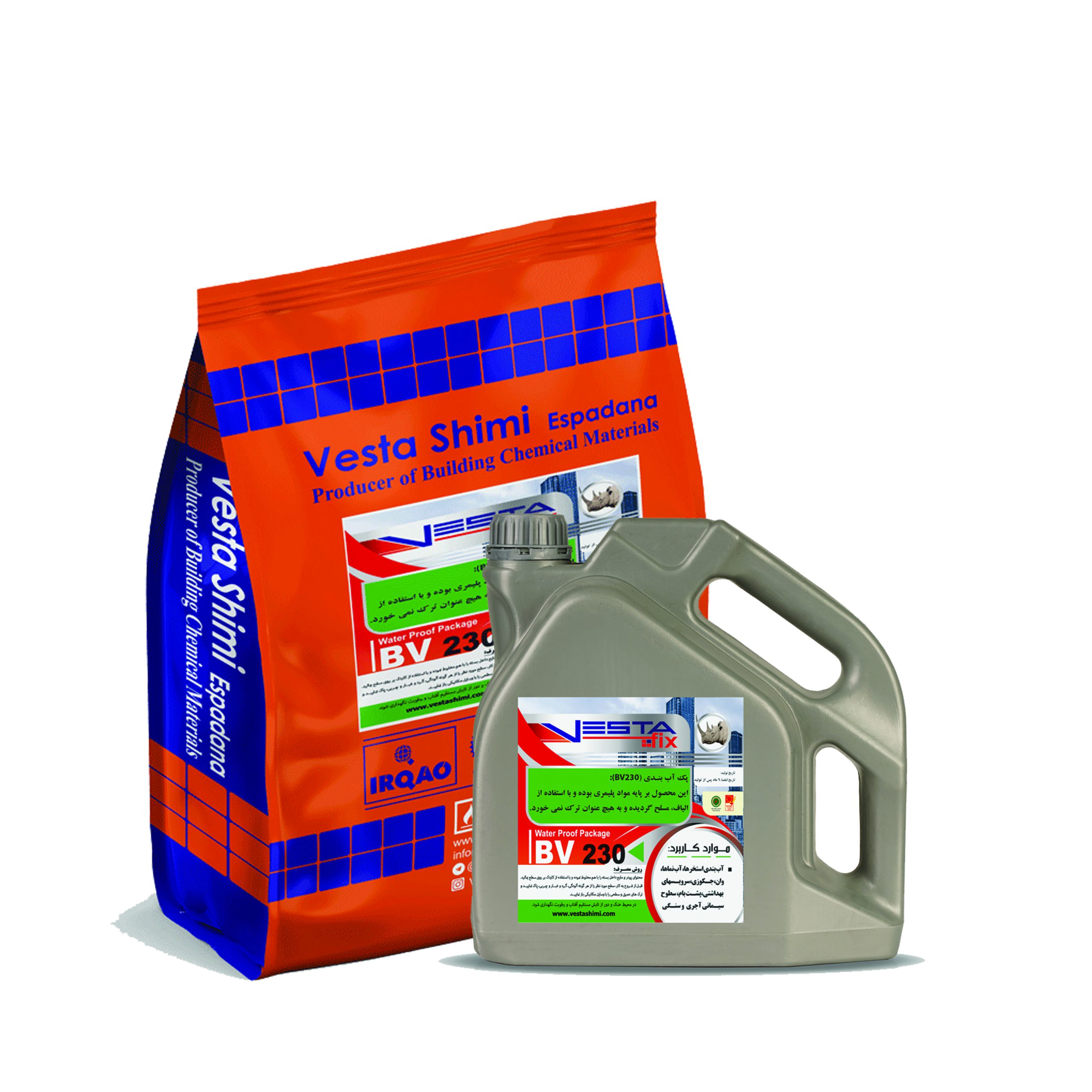
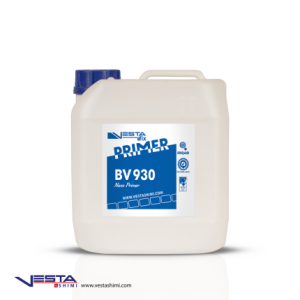
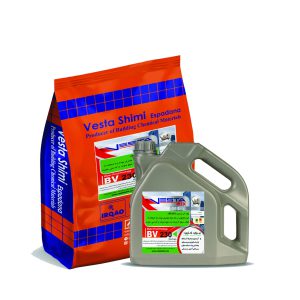
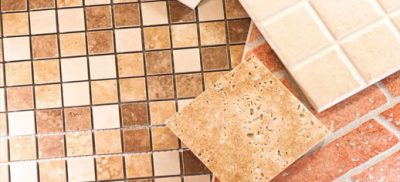
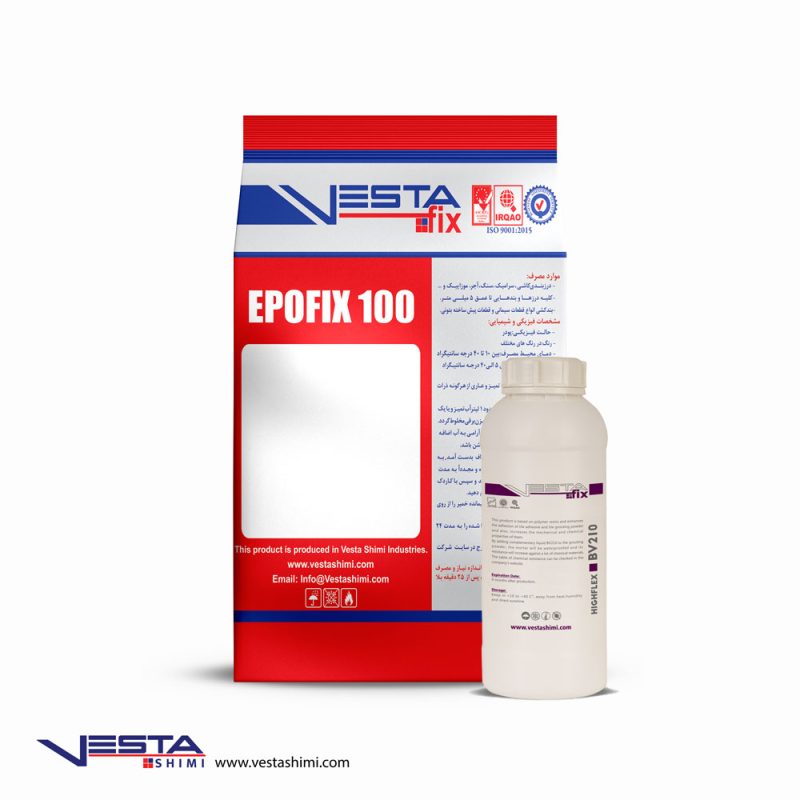
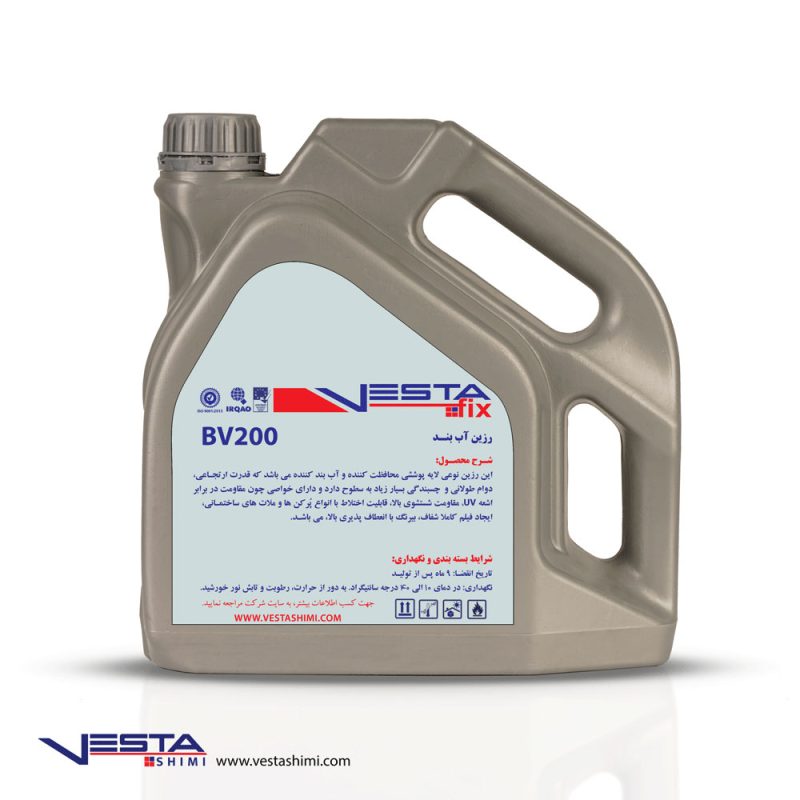
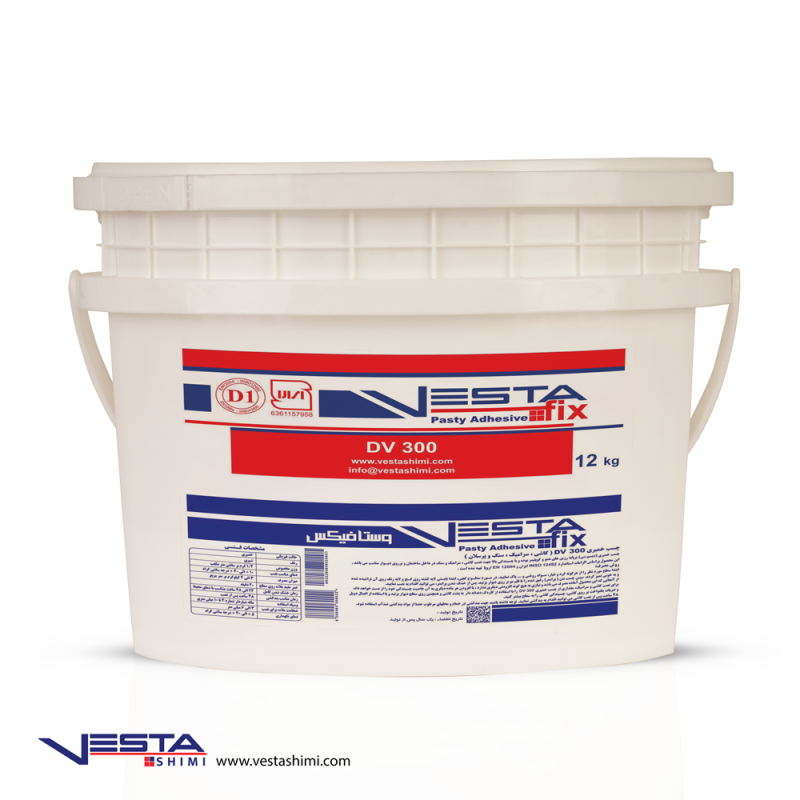
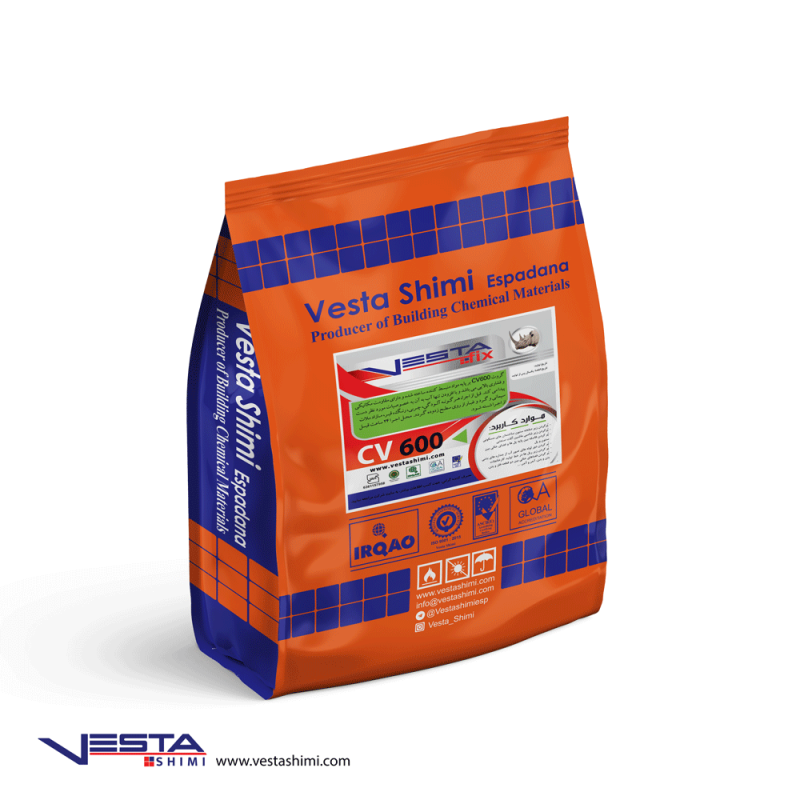

There are no reviews yet.